Description
This coffee comes from Ethiopia, where it is typically grown on very small plots by farmers who also grow other crops. It originates in the village of Bombe, in Sidama, near Mount Ayla, from which it takes its name. Most of these small producers deliver their cherry-ripened coffee to a nearby washing plant or central processing unit. Due to the difficulty in obtaining commercial fertilizers, they resort to organic methods.
The Sidama region (formerly Sidamo) is known as the birthplace of Arabica coffee; its fertile highlands and favorable climate produce complex, high-quality coffees. Ayla Bombe goes beyond a simple name; it represents the fusion of Sidama’s traditions and social commitment. A portion of the profits are reinvested in community projects such as clean water, school improvements, and healthcare, thus strengthening the link between coffee quality and the well-being of Bombe families.
Although Ayla Bombe is the result of the collaborative efforts of more than 375 small producers and their families, the daily blending of cherries makes it virtually impossible, under normal circumstances, to accurately trace each farmer’s coffee. However, everyone works together to ensure the coffee consistently exhibits excellent characteristics, a commitment that is felt in every cup.
Tasting Notes: Best served at the lighter roast points but a tasty cup from light to dark. Very fresh, clean, and vibrant, this coffee offers pronounced acidity and a silky body that remains consistent even when cold roasted. You’ll find citrus notes of lemon and orange, followed by herbal nuances that add depth with soft hints of peach. The finish reveals malt and almond nuances. This coffee is perfect for pour-over or cold brew methods thanks to its bright acidity and refreshing character.
Roasting Notes: Easy to roast, but it’s important to allow sufficient development after the first crack to avoid grassy or herbal notes that can appear in overly light roasts. This coffee develops very well in both light and dark roasts. In a medium roast, you’ll find bright acidity where the citrus and fruity notes reach their best balance. Slower, more controlled roasts help soften the acidity and highlight the grassy, malty, and almond complexities. If you’re looking for a deeper, chocolatey profile, you can easily take it to darker roasts, where the body intensifies and more pronounced toasted notes emerge.
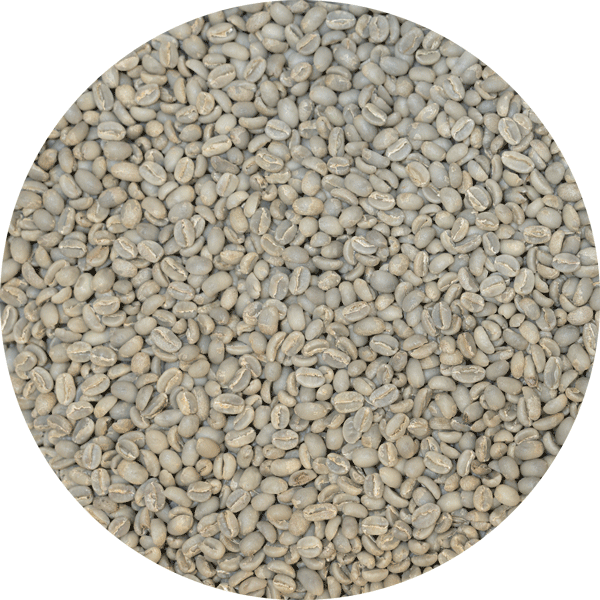
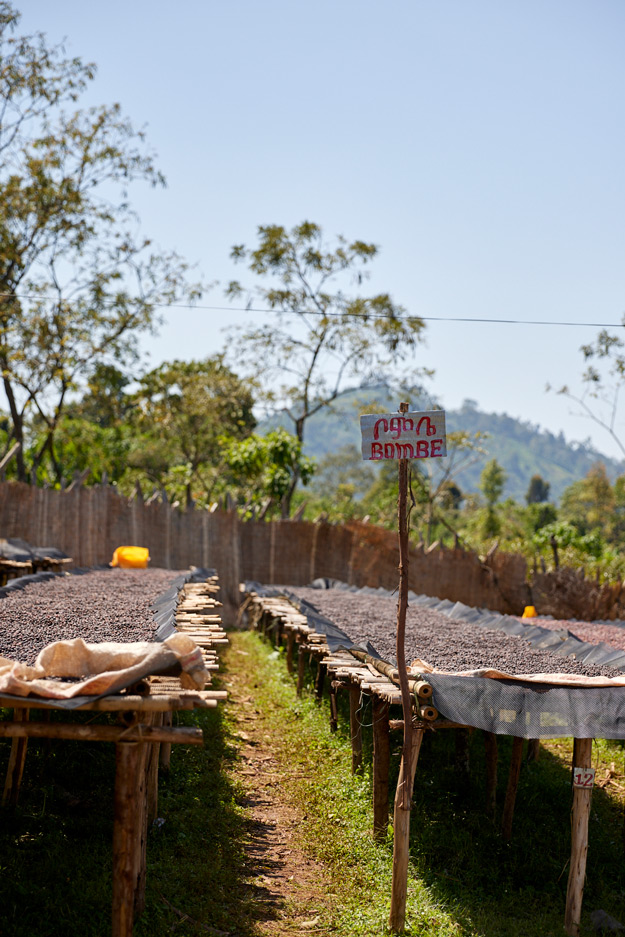
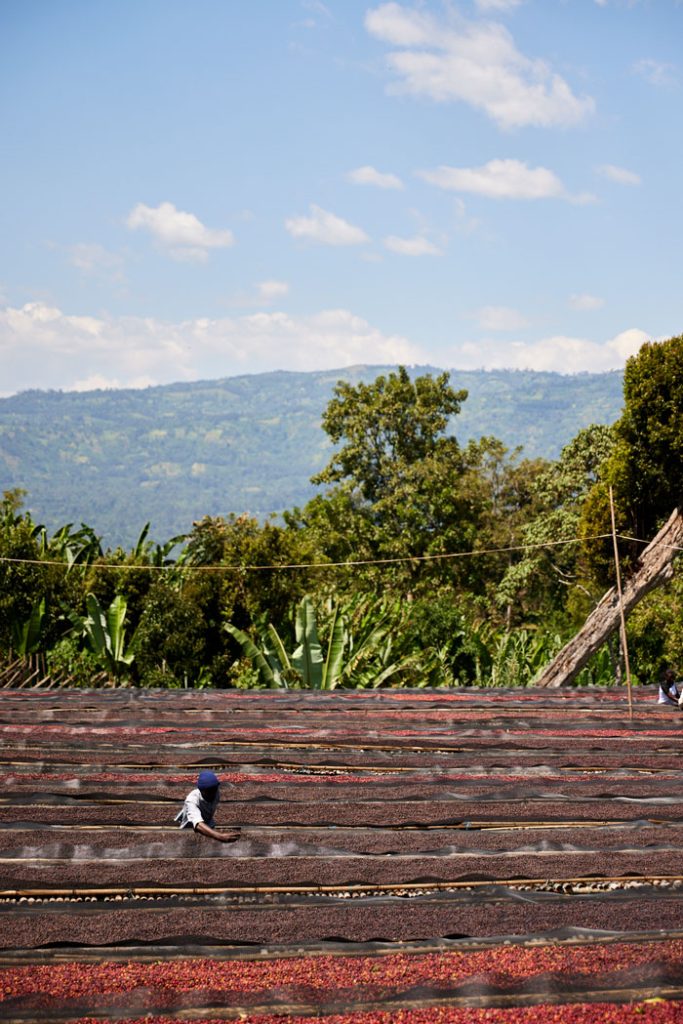
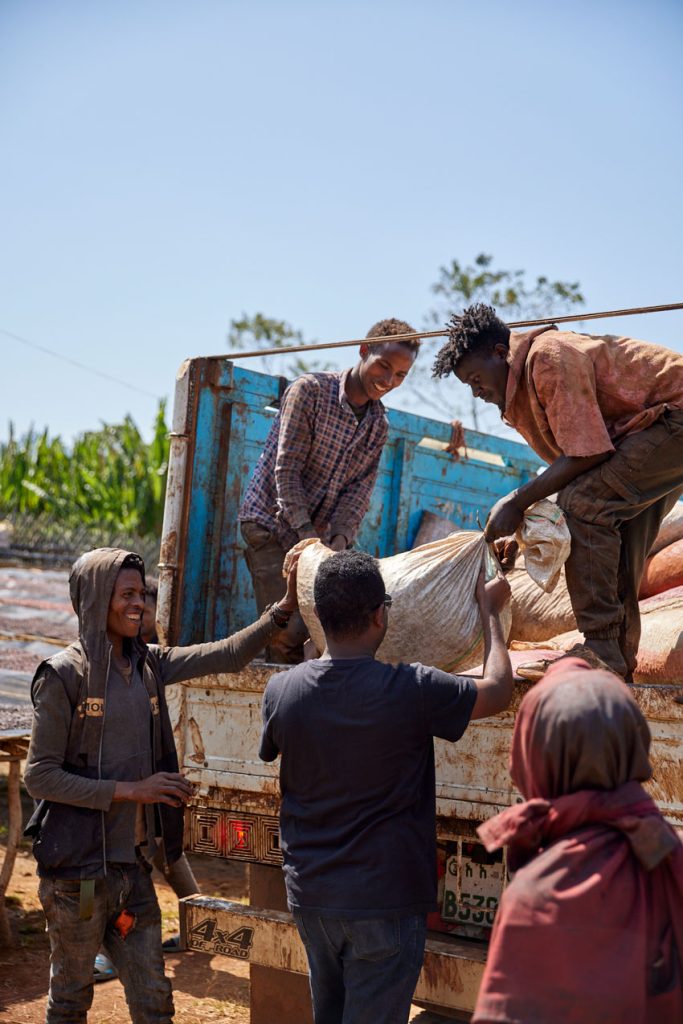
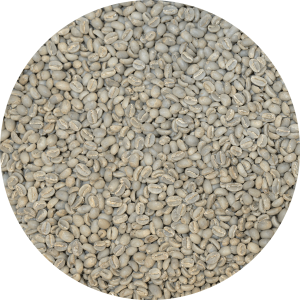
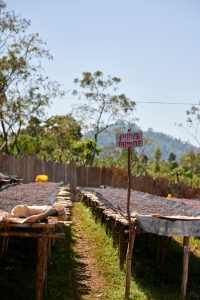
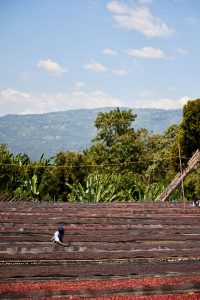

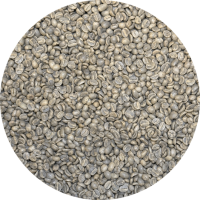
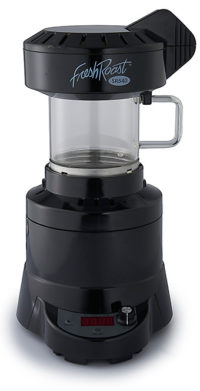
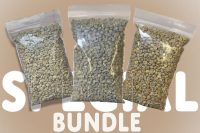
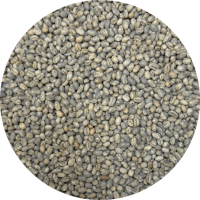
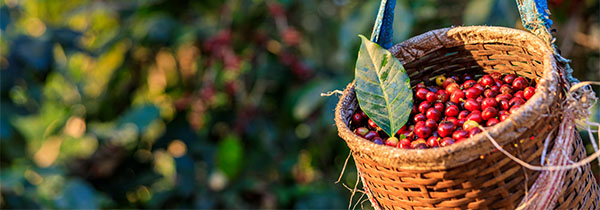
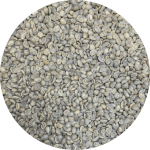

Reviews
There are no reviews yet.